Kowloon offers halal‑certified options for every craving Muslim travellers!
What to Eat in Chabahar: The Best Local Dishes Every Muslim Visitor Should Try
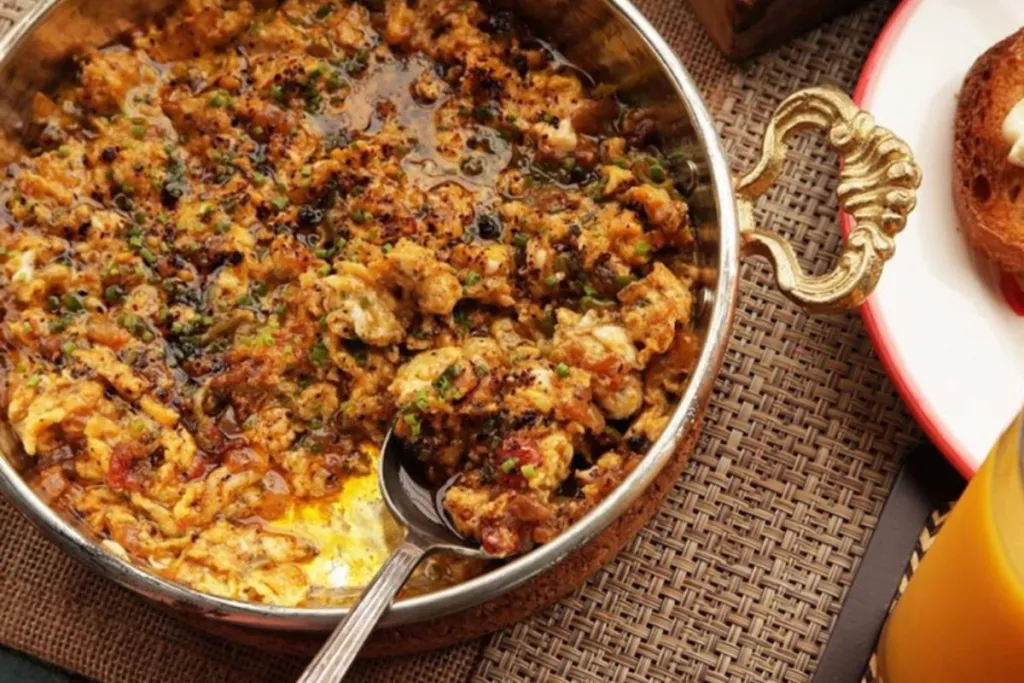
Arriving in Chabahar on a hot Saturday, the only two things I desired were food and rest. However, isn't that true for any traveller? So, what is it about Chabahar that has moved me so deeply that I’m here penning this down for the readers? Let's break that down.
Walking through its narrow alleys and busy streets, the saline air made me realise that what I was treading upon wasn't just a piece of land — it was a melting point of culture and identity. The same holds true for Chabahar’s cuisine, which forms a perfect mosaic of Persian, Baluchi and coastal heritage. While seafood lies at the heart of this portland, its location in Sistan and Baluchestan province adds boldness of Baluchi flavours in its local eateries.
In this guide, without wasting another second, I’ll walk you through the herbs, spices and the tangy richness of Chabahar’s local dishes. Below is your complete Chabahar food guide, based on my personal experience, so you can discover the best local dishes every Muslime visitor should try.
Also read: A Muslim Traveller’s 14-Day Budget Itinerary to Iran
Halal Tips to Keep in Mind
If you're a Muslim traveller visiting Chabahar for the first time, here's what you need to know:
Most restaurants in Chabahar are halal (to be on the safe side, always look for “Halal” signage).
Avoid asking for non-customary food items like pork or alcohol.
Always check whether the seafood is freshly caught and properly cleaned.
Smaller, local restaurants have the freshest flavours.
Avoid fried street food at night in order to prevent a digestive casualty later (wish I had known this myself)
Now, let's dive right into the dishes you must try:
The Flavours of The Coast
Shrimp Karahi
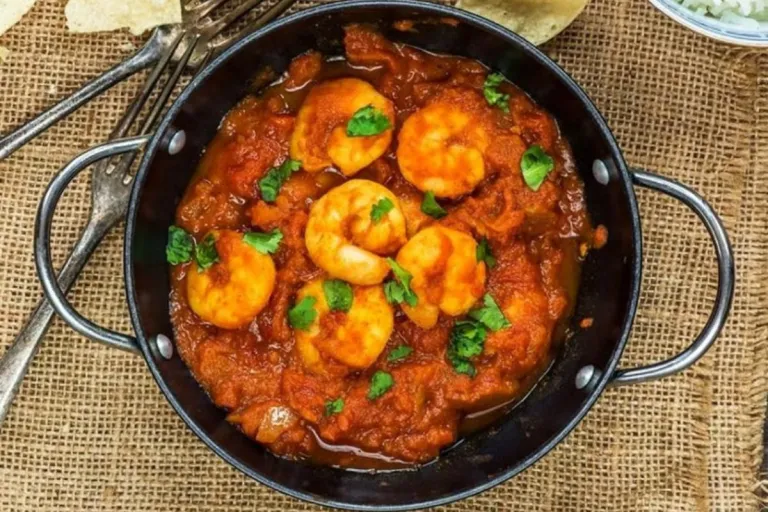
Image credit: Orient Trip Official Website
If you are a seafood connoisseur, Chabahar will be your haven, all thanks to its proximity to the sea. The coast’s crown jewel — the Shrimp Karahi — is my personal favourite.
Chabahar’s version, as opposed to Pakistan’s, uses freshly caught prawns sauteed in a thick tomato sauce with onions, green chillis and a mix of other regional spices. Following the local tradition, I too prefer it served with steamed rice, creating a flavourful blend that one is incapable of resisting.
Did you know? Most South Iranian cuisine guides list Shrimp Karahi as the highlight of Chabhar’s seafood repertoire.
Havari Fish Rice
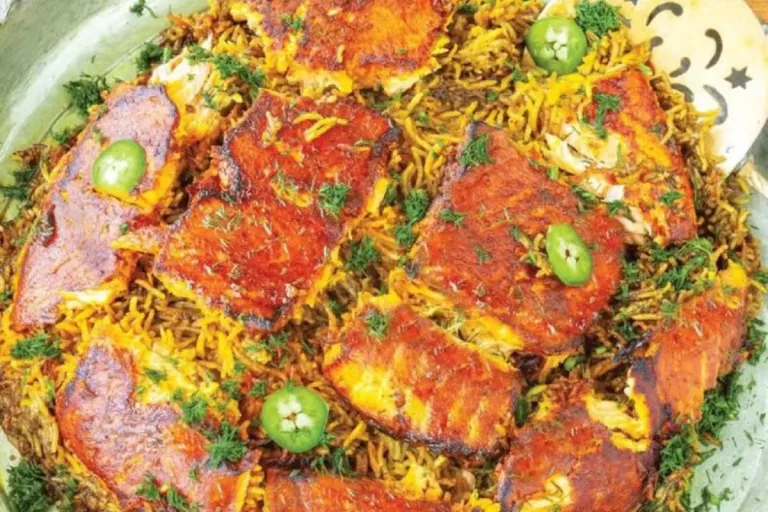
Image credit: Orient Trips Official Website
Havari fish rice (or Haori as it is sometimes called) is Chabahar’s dual delicacy — rice infused with the ocean. Havari’s rich and clean flavour labels it as a potential competitor of biryani. The dish is layered with chunks of fried fish, with no heavy masala, and just delicately simmered in cilantro, lime and other herbs.
In my opinion, Havari rice is the most ideal midday meal after having a long, hot day. To make it even better, I’d recommend pairing it with Doogh, a famously refreshing yoghurt drink.
Chabahar’s Meat Traditions
Tanourcheh
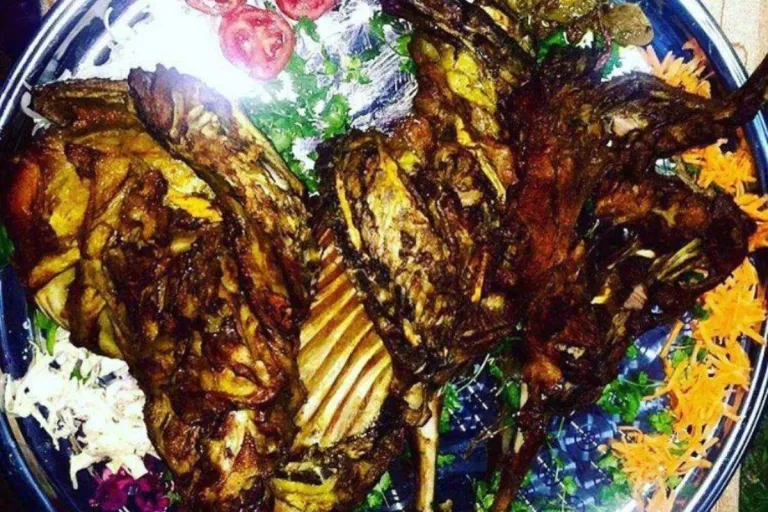
Image credit: Alaedin Travel Official Facebook Page
Tanourcheh is the symbol of Baluchi hospitality. This kebab dish, as the name suggests, demands an oven to be cooked in. Tanourcheh is considered a luxurious dish, thanks to its elaborate cooking method, which follows two approaches, as well as its quality ingredients. No wonder it remains one of the best local dishes of Chabahar and one of my absolute favourites.
Tabahag
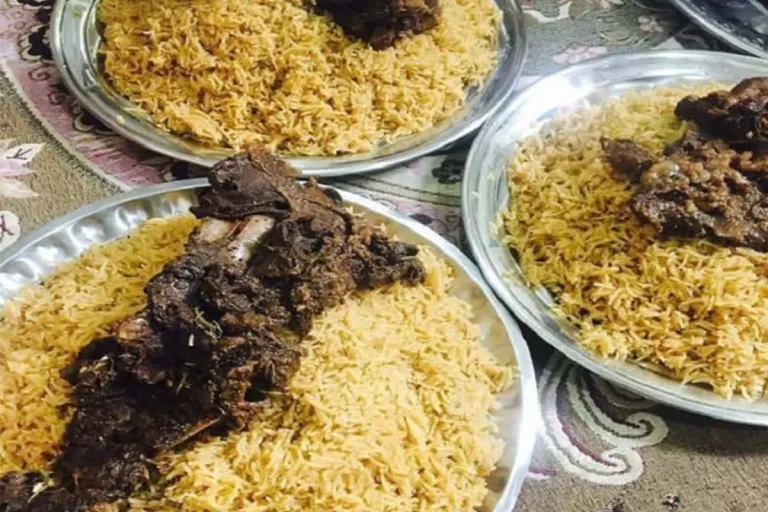
Image credit: Eligasht Official Website
In all honesty, this hearty meat dish made from salted lamb or goat took me by surprise. This salty feast is not just a delight for one’s taste buds but also an experience of Baluchi history. Over time, this local dish has evolved into being Chabahar’s comfort food.
The process of preparation, on the other hand, is as fascinating. The meat is first boiled and then fried to create a crispy golden crust, demanding you savour it in every bite.
Traveller’s note: It’s quite heavy and filling, so be careful with the portion size.
Takhalan
If you’re someone with health conditions, avoid Takhalan – and yes, take this reminder as a favour. This dish, along with its flavours and succulent meat, comes with a very high cholesterol content. At the same time, cooking Takhalan is no child’s play. The Chabaharis make it with cracked wheat and sheep tail fat, cooking it on medium heat until the wheat fully absorbs the fat and transforms into a savoury paste.
Mind you, this dish is rarely found in restaurants; one might need a homestay to taste it. Luckily, I had the chance.
Vegetarian’s delight
Batt Mash
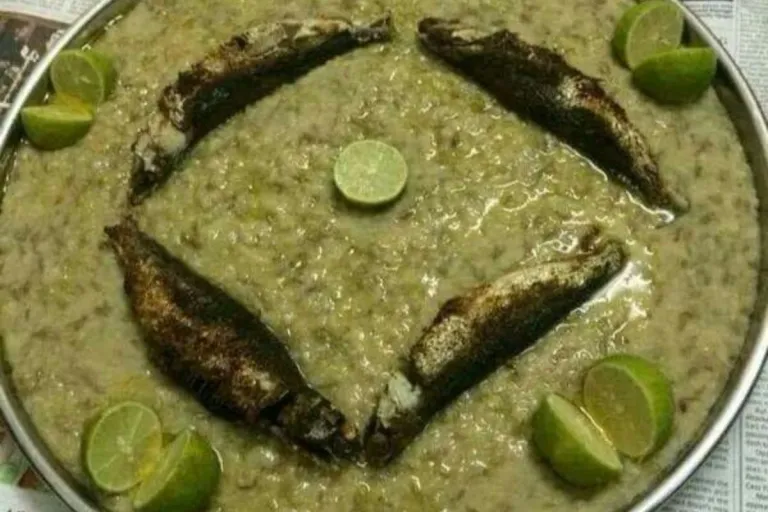
Image credit: Ijaz Younus | Pinterest
Want something gentle on the stomach? Try Batt Mash. Locals often cook this around the cooler months of the year, making it an ideal warm treat. It’s more or less cooked in the same way as Dampokht. For a vegetarian, Batt Mash is a great option as it does not include any meat and is similar to a porridge of mung beans infused with rice, fragrant herbs, and spices of one’s liking.
Doogh Pa
Being an important dish, Doogh Pa lies at the heart of Chabahari festivities. One would even say that there are no celebrations in Chabahar without Doogh Pa. This local cuisine is similar in concept to Gheimeh – a Persian stew – with only a twinkling difference. In the preparation of Doogh Pa, instead of tomato paste, yoghurt is used as a base for the stew, thereby drawing its distinction from Gheimeh.
Soozi Omelette

Image credit: Iranian Handicraft Official Website
For a lighter meal, try the Soozi Omelette – a choice well-suited if you’re a morning person. With or without meat, this dish gives you a taste of the local trend. The omelette is prepared with the fusion of egg, a local herb called souzi, onions, potatoes, and green chillies (if you dare). Personally, I found it to be the most ideal way for me to start my mornings in Chabahar.
Final Words
After a week full of escapes and adventure, I realised that Chabahar’s beauty doesn’t lie in its landscapes only, but rather in what keeps its people together, its food. Every dish I tried there revealed a story of family, flavour, and heritage. From Baluchi cuisine to local coastal twists, Chabahar offered me a culinary experience unlike any other place in Iran.
So, next time you find yourself wondering what to eat in Chabahar, pull out this article and let my experience guide you through Chabahar’s best local dishes.
Also read: 18 Must-Visit Halal Restaurants & Cafes in Isfahan.
Published at
About Author
Azmi Anees
Subscribe our Newsletter
Get our weekly tips and travel news!
Recommended Articles
15 Best Halal Foods in Kowloon, Hong Kong 10 Best Halal-Friendly Destinations in The Philippines for Muslim Travellers Not just Boracay...
10 Best Halal Restaurants in Pattaya Serving Authentic Thai Cuisine Let's try Halal Authentic Thai Cuisine in Pattaya
10 Best Places for Muslim Travellers to See Tulip Festivals in 2025 Fun Fact: Tulips didn’t actually come from the Netherlands but Türkiye!
10 Cafes in Johor Bahru You Have To Go To Head on to someplace new to taste something unfamiliar and fall in love! There is so many new places to explore, why not start with these?
Latest Articles
US Could Require Travellers to Share Five Years of Social Media History to Enter It will only apply to travellers who use ESTA under the Visa Waiver Program!
11 Popular Halal Culinary Gems in Denpasar, Bali You Absolutely Need to Try Your essential guide to the most delicious Halal culinary gems in Denpasar.
Thailand-Cambodia Conflict 2025: Muslim-Friendly Travel Precautions & Tips At least 438,000 civilians evacuated!
AirAsia Introduces Hijab Option for Muslim Cabin Crews Alhamdulillah, all female Muslim crew will officially have the choice to wear the hijab on any AirAsia flight
Your Ultimate Guide How to Get Your Self-Guided Umrah Visa & Pilgrimage Access Get Started with Your Umrah Planning!

